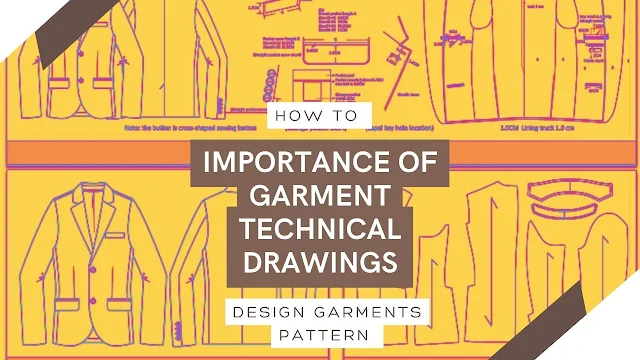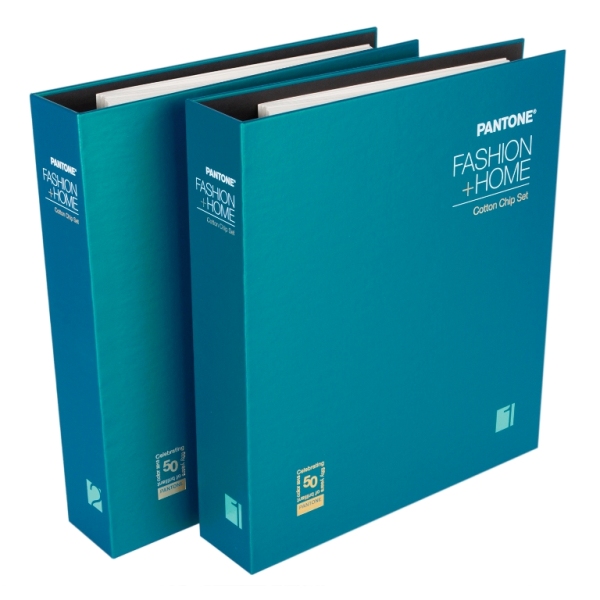Importance of Garment Technical Drawings Elements and Ideas
Introduction:
Garment technical drawings are an essential part of the fashion industry. They are used to communicate the design details and specifications to the manufacturers and suppliers. Technical drawings are created by fashion designers, pattern makers, and technical designers. These drawings provide accurate measurements and details to ensure that the garment is produced as intended. In this article, we will discuss the importance of garment technical drawings, the elements of technical drawings, and ideas for generating technical drawings.
Importance of Garment Technical Drawings:
Garment technical drawings are important because they provide a clear and concise representation of the garment design. These drawings help to eliminate confusion and misinterpretation between the designer and the manufacturer. They also help to ensure that the garment is produced correctly the first time, which saves time and money. Technical drawings are also used to communicate the design details to the production team, which includes pattern makers, sample makers, and manufacturers.
Elements of Garment Technical Drawings:
The following are the elements of garment technical drawings:
Flat Sketch: Flat sketch is a two-dimensional drawing of the garment that shows the design details and the construction. It includes the front and back views of the garment, as well as any additional views such as the side or the sleeve. Flat sketches also show the placement of pockets, zippers, buttons, and any other design details.
Construction Details: Construction details show how the garment is constructed. This includes the seams, stitching, hem, and any other details that are important for the production team to know. These details help to ensure that the garment is produced correctly and to the desired specifications.
Measurements: Measurements are an important element of technical drawings. They provide accurate information about the size and fit of the garment. Measurements include the length, width, and height of the garment, as well as the placement of the pockets, zippers, and other design details.
Fabrication: Fabrication details show the type of fabric used to produce the garment. This includes the fabric weight, the color, the texture, and any other information that is important for the production team to know. Fabrication details help to ensure that the garment is produced using the correct fabric and that the fabric is of the desired quality.
Ideas for Generating Garment Technical Drawings:
Create a Detailed Sketch: Start by creating a detailed sketch of the garment. This sketch should include all the design details, such as the pockets, zippers, buttons, and any other design elements. The sketch should also include the measurements of the garment, such as the length, width, and height.
Use CAD Software: Use computer-aided design (CAD) software to create the technical drawing. CAD software allows you to create precise measurements and details, which can be easily edited and modified. It also allows you to create multiple views of the garment, such as the front, back, and side views.
Use a Template: Use a template for creating the technical drawing. Templates provide a framework for creating the technical drawing, which can save time and ensure that the drawing is consistent with other drawings. Templates can also be customized to include specific design details and measurements.
Collaborate with the Production Team: Collaborate with the production team, including the pattern makers and sample makers, to ensure that the technical drawing is accurate and complete. The production team can provide valuable feedback on the technical drawing, which can help to ensure that the garment is produced correctly.
Use Color: Use color to highlight important design details and measurements. Color can help to make the technical drawing more visually appealing and easier to understand. It can also help to differentiate between different parts of the garment, such as the front and back.
Add Notes: Add notes to the technical drawing to provide additional information to the production.
Garment technical drawings play a crucial role in the fashion industry as they serve as a means of communication between the designer and the manufacturer, providing a clear and concise representation of the garment design, including the measurements, construction details, and fabrication, ensuring that the garment is produced correctly and to the desired specifications. Therefore, generating accurate and detailed technical drawings is essential to the success of a fashion line, and in this article, we will discuss the importance of garment technical drawings, the elements of technical drawings, and ideas for generating technical drawings.
The importance of garment technical drawings cannot be overstated as they help to eliminate confusion and misinterpretation between the designer and the manufacturer, which can save time and money by ensuring that the garment is produced correctly the first time. Technical drawings are also used to communicate the design details to the production team, which includes pattern makers, sample makers, and manufacturers.
The elements of garment technical drawings include a flat sketch, construction details, measurements, and fabrication. A flat sketch is a two-dimensional drawing of the garment that shows the design details and construction, including the front and back views of the garment and any additional views such as the side or the sleeve, as well as the placement of pockets, zippers, buttons, and any other design details. Construction details show how the garment is constructed, including the seams, stitching, hem, and any other details that are important for the production team to know. Measurements provide accurate information about the size and fit of the garment, including the length, width, and height of the garment, as well as the placement of the pockets, zippers, and other design details. Fabrication details show the type of fabric used to produce the garment, including the fabric weight, color, texture, and any other information that is important for the production team to know.
Generating accurate and detailed garment technical drawings can be a challenging task, but there are several ideas for generating technical drawings that can help designers create professional and comprehensive technical drawings. One idea is to create a detailed sketch of the garment that includes all the design details, measurements, and fabrication details. Another idea is to use computer-aided design (CAD) software to create the technical drawing, which allows designers to create precise measurements and details that can be easily edited and modified. Designers can also use templates for creating technical drawings, which provides a framework for technical drawing and saves time. Collaborating with the production team, including the pattern makers and sample makers, is also an effective way to ensure that the technical drawing is accurate and complete. Adding color to the technical drawing can also help to highlight important design details and measurements, making the technical drawing more visually appealing and easier to understand. Finally, adding notes to the technical drawing can provide additional information to the production team, which can help to ensure that the garment is produced correctly.
In conclusion, garment technical drawings are an essential part of the fashion industry, providing a clear and concise representation of the garment design and ensuring that the garment is produced correctly and to the desired specifications. Understanding the importance of garment technical drawings, as well as the elements of technical drawings and ideas for generating technical drawings, is crucial for fashion designers and manufacturers to succeed in the highly competitive fashion industry. By creating accurate and detailed technical drawings, designers can communicate their vision effectively to the production team, resulting in high-quality garments that meet the expectations of both the designer and the customer.







